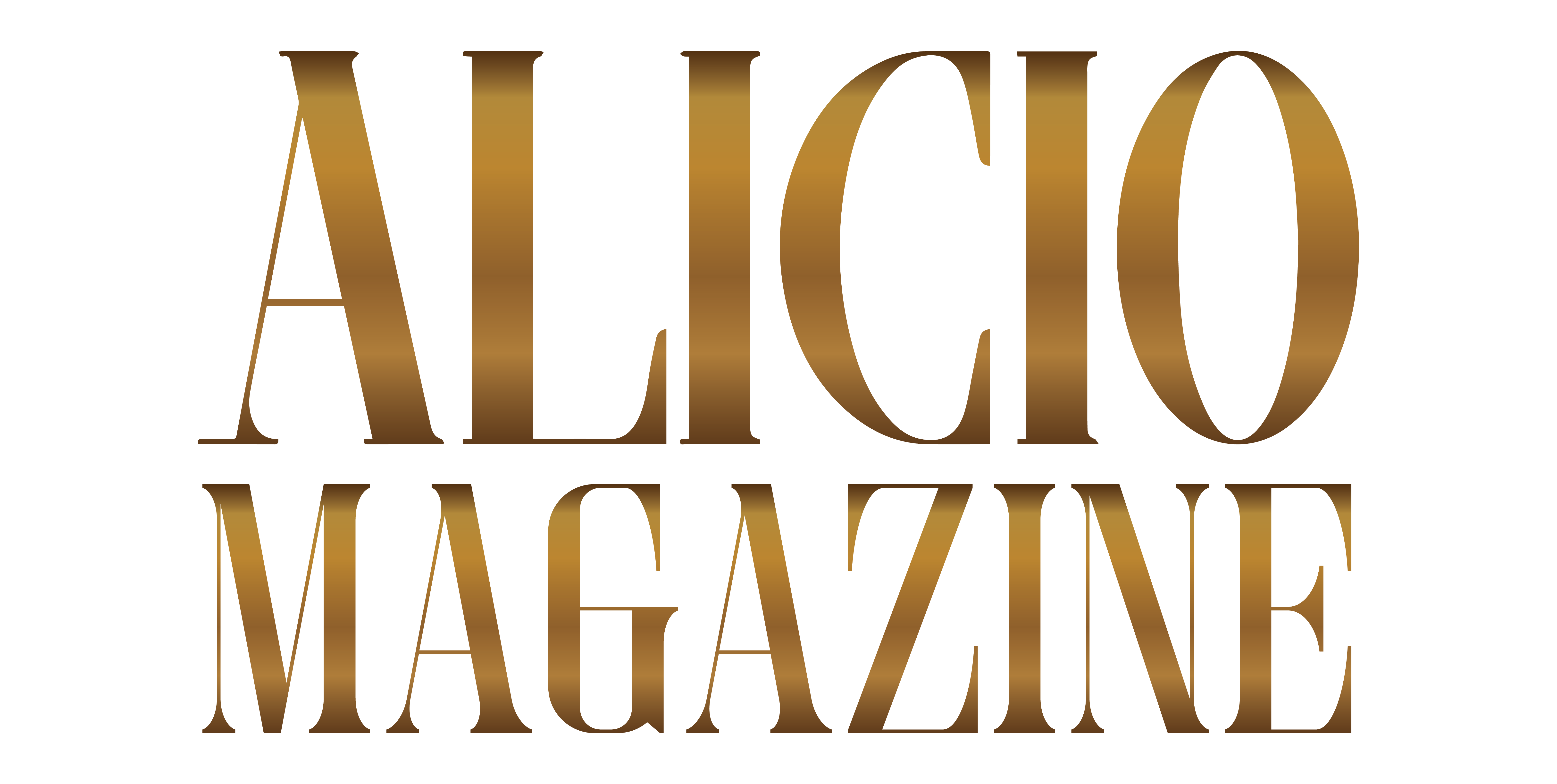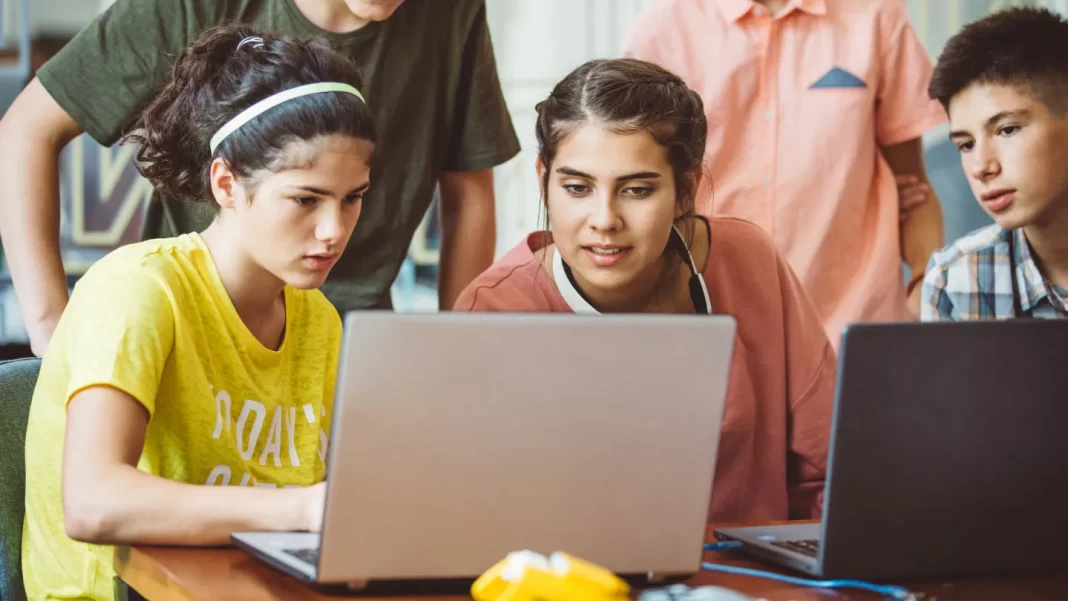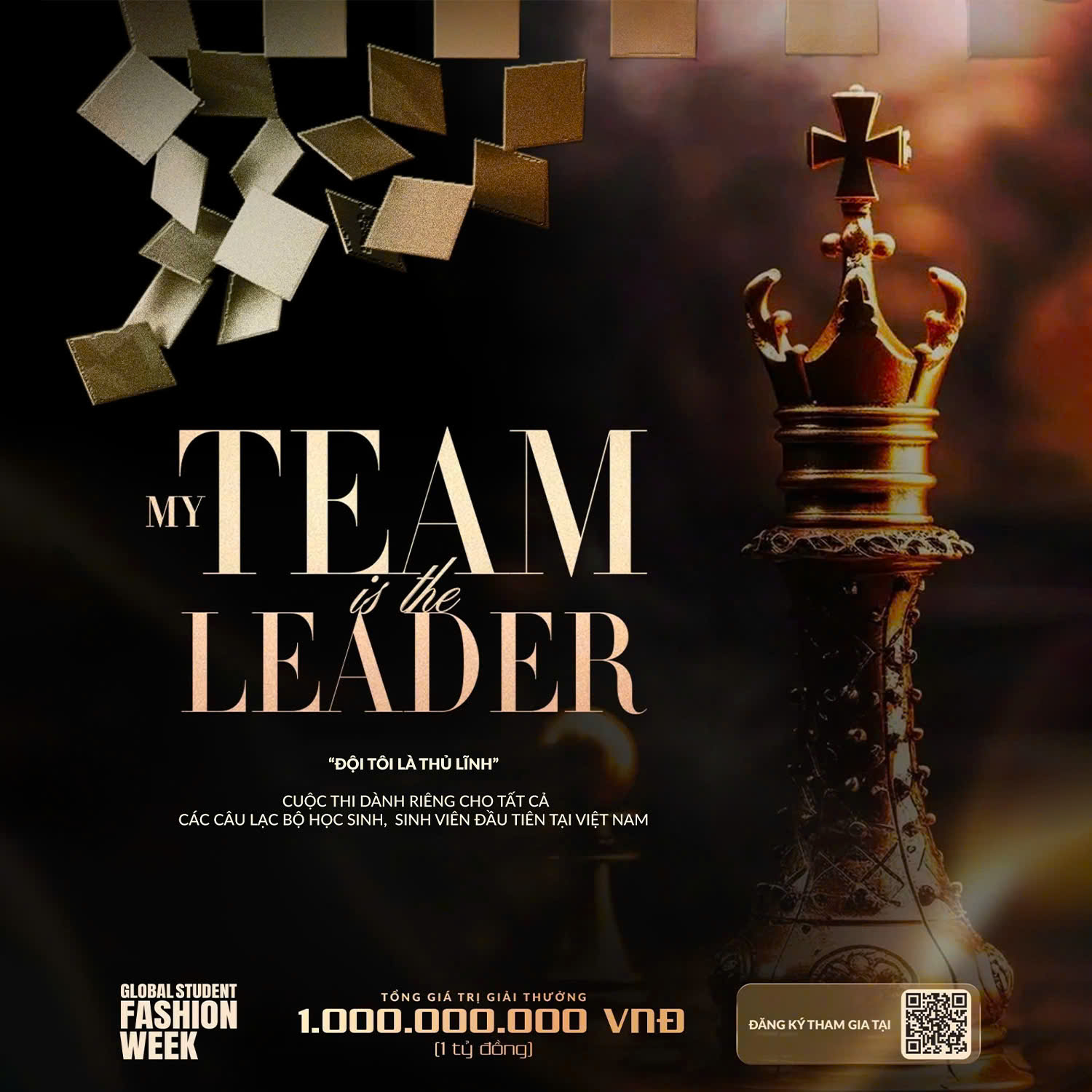Teaching students responsible online engagement is an essential academic and life skill. Unfortunately, teachers face multiple challenges in incorporating digital citizenship into existing curricula. The rapid advancement of technology can feel overwhelming, making it difficult to determine what content to prioritize. Additionally, digital citizenship can feel like an extra burden when the curriculum is already packed.
However, like social and emotional education, digital citizenship is an important ongoing conversation rather than a onetime lesson. By embedding instruction on productive and ethical internet use into existing lessons, educators can make lessons more relevant to our digital age without adding much extra prep time to their schedule.
Digital Citizenship and 21st-CEntury Learning
Digital citizenship (DigCit) is the practice of engaging responsibly, ethically, and safely in digital spaces. Digital literacy is the partner to this concept, which includes evaluating credibility, protecting privacy, and engaging in online communities.
The International Society for Technology in Education (ISTE) has outlined five competencies that students should master to be responsible digital citizens.
- Balanced: Maintain a healthy balance between online and offline activities.
- Informed: Critically evaluate the authenticity of media.
- Inclusive: Engage respectfully in digital spaces.
- Engaged: Use technology to contribute to positive social change.
- Alert: Recognize and respond to online risks.
The ‘Ready to Publish’ mindset
Incorporating digital citizenship education into content that teachers are already teaching solves the problem of limited class time. Integrating this learning can be as simple as adding a line to assessment rubrics to address digital citizenship considerations. For example, if students are doing a video project on photosynthesis, the digital citizen line in the rubric might evaluate students’ citations of multimedia sources and check for closed captioning to ensure accessibility.
By incorporating DigCit into assessments, teachers can encourage students to focus on creating projects that are “ready to publish,” which means they are prepared to be permanently shared with the world. By adopting this mindset, students learn to apply principles of intellectual property, digital accessibility, and inclusivity—not just to meet grading standards but to prepare for the real world of online sharing (that includes social media engagement) while becoming more critical consumers of online content.
In addition to using rubrics to encourage student-led thinking about DigCit, students can engage in peer reviews that encourage thoughtful discussions of complex topics around internet use while reinforcing the importance of empathy in online interactions.
ETHICAL IMAGE SOURCING AND Slide Show PROJECTS
Asking students to create slide decks can be an effective way for them to demonstrate understanding or share interests. Emphasizing positive digital citizenship habits within these visual-based projects will elevate student work and have a positive impact on their online behavior in the future.
For example, learners may develop a habit of copying images from the web without providing citations or considering digital ownership. Encouraging students to brainstorm a list of things that indicate that a source is reliable is a good first step. Next, students can explore free-use resources, such as the Library of Congress and Creative Commons, to find content for their projects while avoiding potential copyright issues and learning firsthand about digital ownership and the ethics of crediting creators. Proper citations for assets can be placed as captions below images or on a separate final slide, depending on preference.
Accessibility features, such as alternative text in platforms like Google Slides, are another great resource. A text description can be added to any image in a slide deck so that it can be read when users utilizing screen readers right-click the image. These features enhance experiences for all users, while expanding the reach of students’ independent creative work to include users with visual impairments.
Additionally, prioritizing legible fonts and high-contrast colors over complicated visual elements ensures clarity and helps students develop a sense for inclusive design.
HOW TO FIND COPYRIGHT-FREE MUSIC FOR PodcastS
Student podcasting has emerged as a popular way to support creativity and student voice in the classroom. As a medium designed specifically for online publishing, podcasting provides an excellent opportunity for students to practice and showcase digital citizenship.
Building on their learnings about copyright and free use resources from visual projects, students can explore Creative Commons audio libraries such as Music for Nothing and Freesound to find copyright-free music for their podcast episodes. Attribution should be provided in episode descriptions. Additionally, following guidelines from initiatives like the NPR Student Podcast Challenge encourages students to create original music, which they can then license under Creative Commons themselves.
Podcasting is also a creative opportunity to teach about the distinction between subjective and objective content, encouraging creators to be transparent about intent to educate or entertain listeners. With the ease of access of podcasts, misinformation and manipulation can easily spread due to misrepresentation of facts and opinions. This can go even further with the utilization of artificial intelligence to re-create someone’s voice. Students can contribute to a more transparent podcasting environment by engaging in in-class discussions about intent, accuracy, and integrity before recording and publishing.
DIGITAL CITIZENSHIP RESOURCES FOR TEACHERS
By embedding digital citizenship practices into student projects, educators empower learners to be ethical, informed, and responsible digital creators and consumers. To support this, we have developed the following:
- Reflection guides to help students consider inclusivity, engagement, and informed decision-making at the planning stage. Each guide contains medium-focused information and reflective questions to help students understand the digital citizenship considerations for different types of creations. You can remix these templates with a free Book Creator account to copy them into your class library and assign them to your students. This will help you effortlessly support the diverse projects (video, book, podcast, music, and presentations) that students wish to create in your classroom.
- Customizable rubrics that integrate digital citizenship into grading criteria without adding extra work for teachers. Each rubric is adaptable to meet both the content requirements and grade-level communication standards for your students.



